Not every plant comes from a seed. And, some things that have seeds give you terrible harvests if you start out with the seed.
Seeds
Seeds are the main source for vegetable garden plants. Most of your edible fruits and veggies are grown from seed. To grow, you plant a seed either in or on the dirt, provide water and the right warmth, and viola!
When you plant with seeds, you need to check the seed depth, soil drainage level, temperature needed to germinate, and how many seeds to include in a container or hole. Different seeds have different odds of germinating. For example, radishes have an extremely high rate of germination whereas, in my experience, spinach seeds have a very low germination rate.
Bulbs
Bulbs are part of a plant that stores food and energy below ground for regrowing once conditions for growth are right. There are a lot of plants that are grown from bulbs, but mostly you’ll find flowers in this category. Besides flowers, you also have many alliums like onion and garlic.
I don’t have nearly enough experience with bulbs because I’ve focused most of my gardening on food-producing plants. However, when planting bulbs, planting at the right time of year and the right depth are the most important considerations. You can plant bulb plants indoors, but that adds an extra layer of complexity because they have to get cold before they warm back up.
Tubers
Tubers are your potatoes. There are other plants that are tubers, but I’m most experienced with the potatoes. I harvested around 50 pounds of potatoes this year, and I didn’t even plant any. Those grew from the potatoes I missed last year. So, that’s the good and the bad about tubers. If you leave any in your soil over winter, you’ll get a lot more again. That’s somewhat of an issue if you’re rotating crops.
Furthermore, do not compost tubers! At least don’t compost them unless you grind them up into small pieces that cannot support growth. My compost bin is a sweet potato factory at this point. All it takes is one.
With tubers, you need to know when to plant them, how big of a tuber is necessary, and how deep to plant them. With potatoes, you want around a 1×1 inch square that has at least 1 eye on it. That’s sufficient for growing a whole new potato plant.
Cuttings
Many plants grow from cuttings of already existing plants. For example, I’ve kept my rosemary, citronella, and mint plants going year after year with cuttings growing indoors over winter. Different plants have different requirements for their cuttings and cuttings don’t work for most plants.
However, the process is basically you take the right sized cutting and put its stem in water indoors in a sunny spot. Make sure you change out the water frequently enough you don’t get fungus, pests, or disease. Usually I do this with herbs, but I’ve also had luck with tomatoes.
Rhizomes
Rhizomes are unlike the others. When I first encountered them, I was planting hops in my side yard as a sunshade. They look just like thick roots, but they aren’t roots at all. They’re an underground stem for the plant. Hops, ginger, bamboo, and many other plants spread through the use of rhizomes. What is interesting is that you can cut off a chunk, plant it in your garden, and it’ll grow from that. Like tubers, this is where a lot of the plant’s energy is stored.
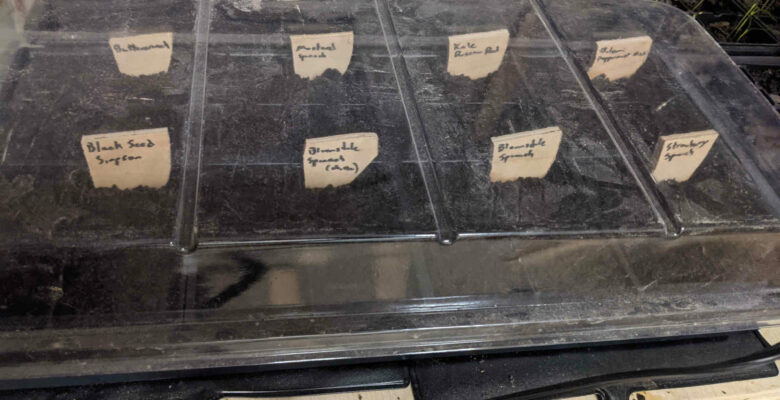

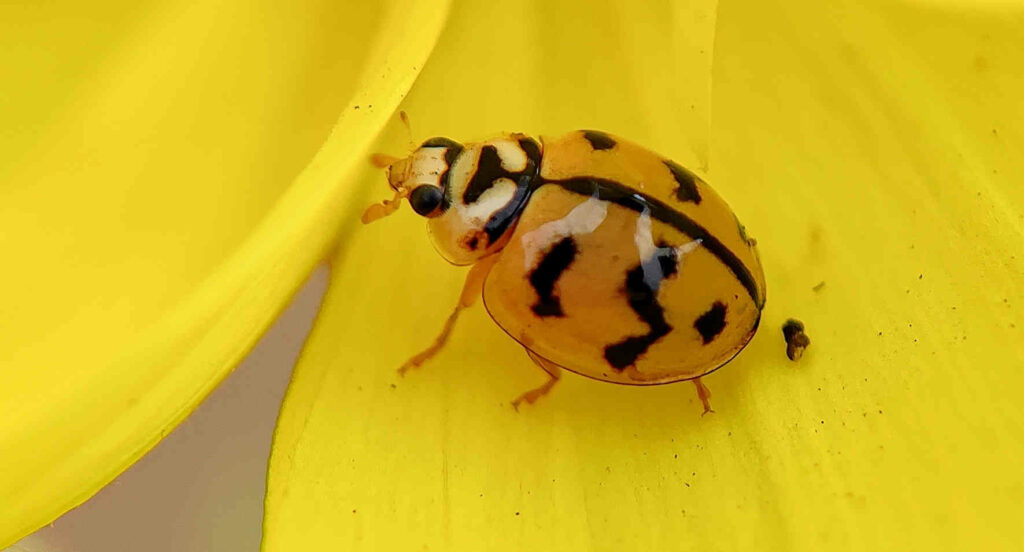
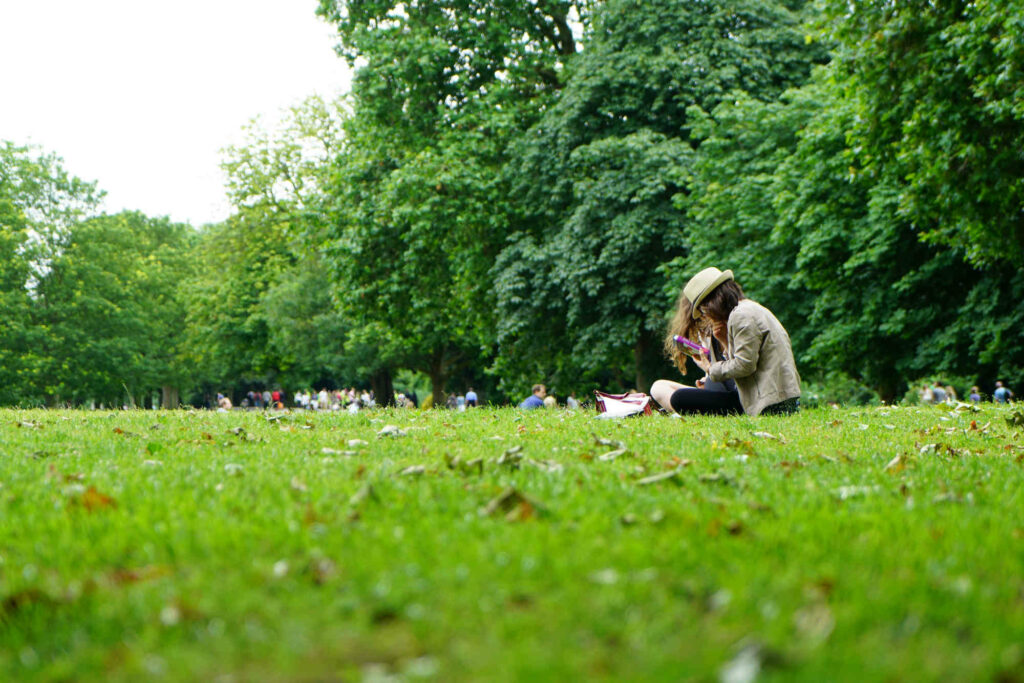

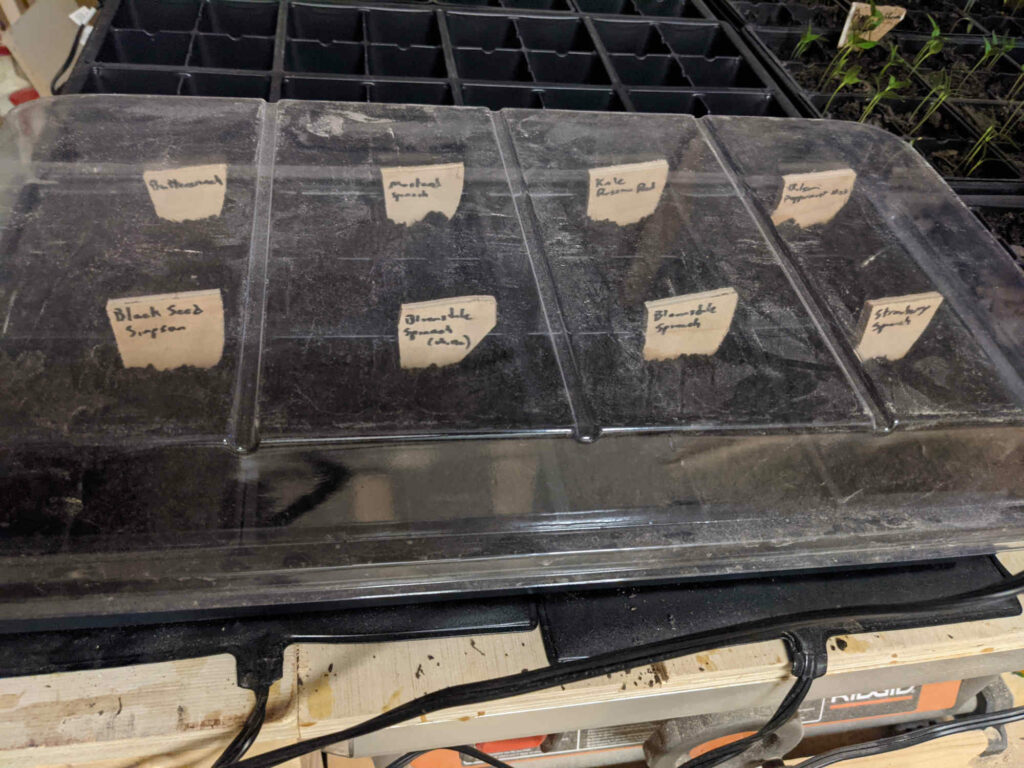
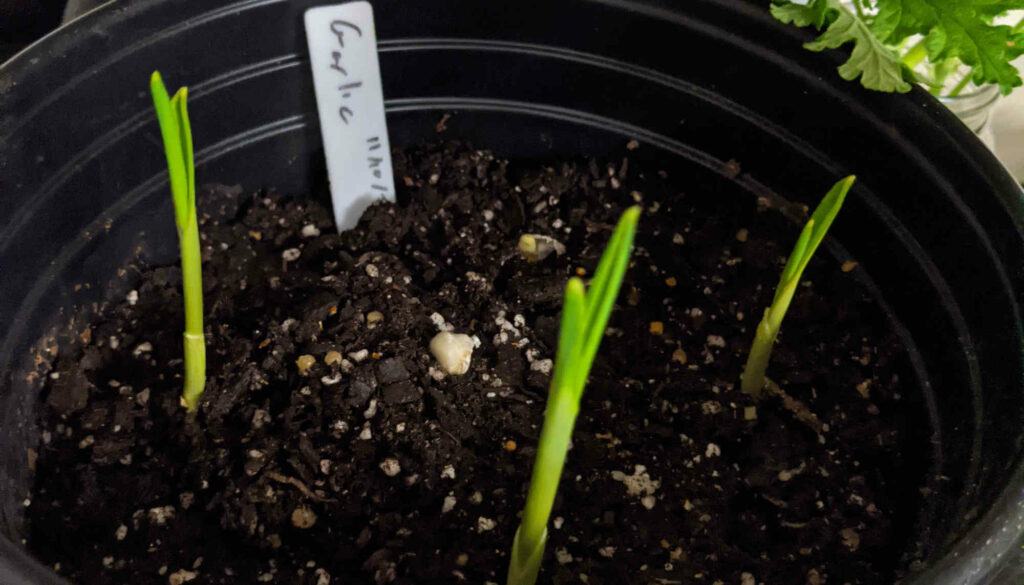
Leave a Reply